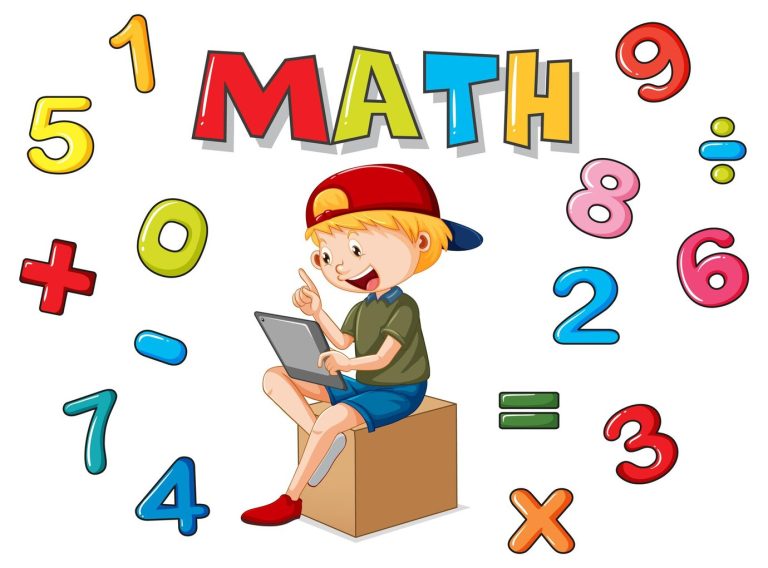
The term tests of comparison is used very frequently in qualitative research. The comparison test is a research methodology that works well to understand and analyse multifaceted problems. With the help of tests of comparison, you can better evaluate the need for changes. For example, you have observed changes in a case, which is under study. On the other hand, there are no changes in another case, which is observed under the same circumstances. Now, this is a complex situation that the same circumstances are affecting one case and not the other one. This complex problem demands qualitative research with the methodology of tests of comparison.
In tests of comparison, you are supposed to go for set-based theory. This theory makes it easy to identify the relationships between available variables. Furthermore, you can get the best end results of a research study. The use of tests of comparison is not limited to qualitative study, but it can be used for quantitative research as well. The difference in its use is evaluated on the basis of mathematical approaches. As per its frequent use, this article aims to discuss tests of comparison in detail.
What is the Purpose of Comparison Test?
The tests of comparison aim to analyse a research problem by evaluating multi-facets of the research statement. The examination of problem can be made through different methods, including qualitative as well as a quantitative research methods. The use of the research method is made based on the objective of research. Furthermore, the purpose of the comparison test is to study a particular phenomenon with complexities. Here, your goal is to identify similarities between the phenomena which are under study. Also, you have to work on the dissimilarities between the two phenomena.
At the time of working on similarities and dissimilarities, you are supposed to provide evidence for every statement. Evidence is the basic demand of research work. So, keep this aspect clear to you and find the contribution of several characteristics linked with cases under study.
Many researchers use this research method to find evolution in the field of science. So, there are many uses and purposes of comparison tests that vary as per the need of hour and topic of research. Hiring a dissertation writing service UK becomes very important for effective use.
What Are Different Stages Associated With The Tests Of Comparison?
Following are different stages associated with tests of comparison:
Exploratory Study
The very first stage of comparison test is exploratory study. You can take it as a preliminary study of a research problem. At this stage, you have to investigate the research title and identify the possible problems related to that particular topic. By having the list of issues in front of you, you can better evaluate which one is best to investigate for the successful conduct of the study. For this purpose, you can get the assistance of academic platforms and papers. For example, ResearchGate and Google Scholar can help you well in this regard. Furthermore, you have to examine the possible objective for the selected research problem. There can be one or more than one objective of research.
Develop a Framework for Data Collection
At the time of doing tests of comparison, it is necessary to develop a framework for data collection. This is one of the most important steps that need high attention of researchers, especially when churning out a large data set; otherwise, it becomes challenging to meet the right ends of study. When making a framework, you have to see what kind of data is the demand of study. If you are clear about data type, rest of the things can be made easy to link with it. After finalising the data type, you have to target the particular duration and location for a targeted audience.
Define a Theoretical Tool
Based on the research method, you have to define a particular theoretical tool for the research work. For example, the theoretical tool can be SPSS or SAS. Furthermore, it can be Python or WEKA as well. All of these theoretical tools work well to extract knowledge from data and make patterns. With the help of obtained pattern, you can discuss the conclusion of study. So, at this stage, you have to find and define a theoretical tool that fits best for the tests of comparison.
In-Depth Process of Interview
The fourth stage of comparative analysis is related to the design of interview process. First of all, you have to focus on the question required for interview. Every question must reflect the main objective of study. Once you are done with question designing, the next milestone should be related to the ways of data collection. The ways of data collection include pilot interviews, focused groups, surveys, and many more. So, the selection of mode is done on the basis of requirement as well as feasibility.
Data Coding and Analysis
The fifth stage of comparative analysis is made for data coding. Suppose your research method is quantitative, as you already have numeric data, so there is no need for data coding. On the other hand, the qualitative research method requires data coding. The subjective data of qualitative research requires coding before its analysis. After coding the collected data, critical analysis is used to identify the similarities and dissimilarities in the pattern.
Results And Conclusion
The last stage in tests of comparison is the results’ generation and making a conclusion. The results are addressed without making any amendments. On the other hand, a conclusion is made based on the patterns obtained from the result of study. As a credible researcher, you have to be neutral while writing a conclusion.
Final Thoughts
The above-mentioned points can help you understand the key elements associated with tests of comparison. Furthermore, the stages of comparative analysis need high focus. Each stage aims to work on a particular milestone. When you get a clear idea about each stage, it becomes less challenging to meet the right ends of a research.


